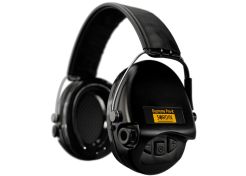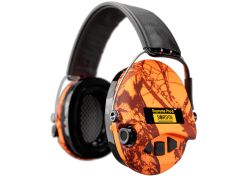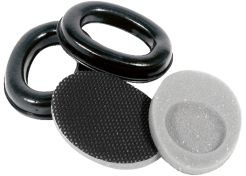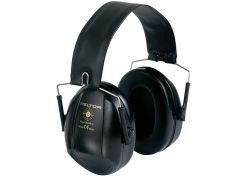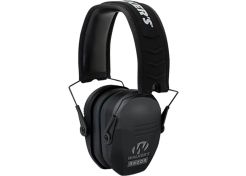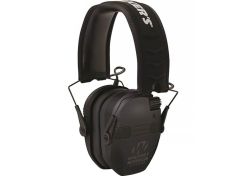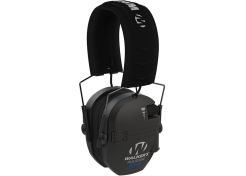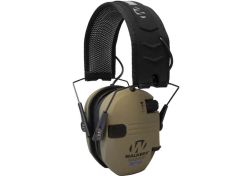Why should you wear shooting ear defenders?
Ear protection is used to protect your ears from overexposure (high noise levels for longer periods of time) and from damaging peak noise levels. Both can result in hearing loss when cilia inside your ear get damaged. Your ability to hear will be reduced, while you can also get to suffer from tinnitus, a constant sound buzzing in your ears.
An often-returning question is: ‘At what decibel is hearing protection required?’
Well, sound levels of 80 dB can be damaging for your hearing, when your ears get exposed to that level of sound for 8 hours or more. The higher the noise level, the shorter your hearing can endure it before damage occurs. Immediate damage will occur when your ears get exposed to 120 dB or more. This also is the pain threshold.
On average, a gunshot has a noise level of around 150 dB. Relatively quiet weapons will produce somewhere around 140 dB, while the really big guns can surpass 170 dB. So you can understand the importance of wearing shooting ear defenders, as every shot will be over the pain threshold with the risk of instant hearing loss. However, said levels are -of course- extremes, measured very close to the source. As one usually doesn’t shoot with ones ear near the end of the barrel (right?), the real sound levels will be a bit lower. It will still be damaging for your hearing though, so hearing protection is definitely required.
How do ear defenders work?
Shooting ear defenders can be ear plugs that you slide into the external auditory canal, sealing off your ear, thus dampening the sounds coming in. Ear plugs can be waxed foam or silicone and we’ve even got shooting ear plugs that are kneadable. Those are pushed into the ear, where they will harden into perfectly moulded ear plugs that will accurately fit into your ears. Please note that ears will grow our entire life, which means that the auditory canal can slightly change shape after a few years. You’ll then need to make a new pair of custom ear plugs.
Ear defenders can also be external ear protectors with cups that cover your ears. Many customers ask us: ‘What are ear defenders made of?’ Well, the headband isn’t really that interesting, but the cups are mostly thermoplastic, which is easy to mould into a comfortable and ergonomic shape. Inside the cups, a special acoustic foam is placed to dampen sound. The cup edges feature soft cushions that will not only make for great comfort. Their most important function is forming a perfect seal to keep sound out.
Active ear defenders
Active ear defenders, also known as electronic ear defenders, have built-in microphones and speakers. They pick up surrounding sound, which is then put through the speakers inside the protector cups. With that, you can still hold a conversation on the shooting range. That’s not only convenient when working with an instructor, but also quite essential to hear what the range marshal is saying. Active ear defenders are the most used ear defenders in sport shooting.
Smart electronics will keep the sound at a safe level, meaning loud noises are electronically dampened. It’s good to realise this technology is different from noise cancelling technology, which means active ear defenders offer the same level of sound damping as passive ear defenders. They just have the added advantage of not dampening all sound, just dampening the sounds that are above a certain level that can be damaging for your hearing. Being able to hear what’s happening around you, will enhance the safety on the shooting range. Active ear defenders also help shooters who will feel detached from their surroundings when wearing passive ear defenders, which will reflect on concentration and balance.
Best ear defenders for shooting
Which ear defenders will be best for you, completely depends on what kind of sport shooting you practise. When shooting with a pistol, you don’t need to worry about the dimensions of the ear cups. But when using a rifle, some ear defenders can hinder you when shouldering your rifle if they touch the cheekpiece. If so, you should know that many shooting ear defenders are tapered at the bottom, leaving space for the stock near your cheek. These will then be the best ear defenders for you.
Both passive and active ear defenders are equally effective. And the same goes for cupped ear defenders and ear plugs. Ear plugs are significantly cheaper, but when used very often, earwax can build up in the external auditory canal. However, not everybody will encounter this problem and when you do, it’s easy to have them washed out at the GP (doesn’t hurt). Regarding comfort, some prefer ear plugs, as the ears get less hot, while others prefer ear caps.
Passive ear hearing protection is more affordable than active hearing protection. In terms of dampening, they are -as said before- equally effective. The latter, however, has the advantage of being able to hear what’s happening around you. This not only offers an advantage in a safety point of view, but people who feel disorientated with passive ear defenders, often feel better with active ones.
It is possible to wear both ear plugs and ear defenders to add some extra dampening to your hearing protection. The noise reduction, however, isn’t just adding up numbers. The total advantage will be 5 dB. We’ll explain why in a minute.
Shooting ear defenders: NRR and SNR
The level of noise suppression that shooting ear defenders offer, is stated as the NRR number or the SNR number. NRR stands for Noise Reduction Ratio and the number represents the amount of dB (decibel) with which the sound is reduced. The measured frequency range is 125-8000 Hz.
SNR stands for Single Number Rating and this number also represents the noise reduction in dB. Sometimes, SNR differentiates between L(ow), M(edium) and H(igh) frequencies. The measured frequency range is 63-8000 Hz.
- L= 63-1000 Hz
- M= 1000-2000 Hz
- H= 2000-8000 Hz
The testing done to obtain these ratings, is so very different from each other, that a comparison isn’t really possible. Nor can a formula be created to convert one number into the other. Shooting ear defenders with an NRR 30 rating, doesn’t automatically have an SNR 30 rating too. As a rule of thumb, it is often said that the SNR rating is 3-5 dB lower than the NRR rating. But it’s still comparing apples to pears.
In our webshop we normally use NRR, as this rating is used most widely. When we’ve only got an SNR rating for a product, we’ll clearly mention this. What we do want to emphasise is that both the NRR and SNR tests are done under controlled and near perfect circumstances (read: not very representative). No considerations are made concerning change of circumstances or even the fit of the cups around different sets of ears. To get a more realistic number, an often used correction calculation is:
(NRR-7) / 2
This means you take the NRR number, subtract 7 and divide the outcome into two.
For instance: (27-7) / 2 = 10 dB
If you’ve got ear defenders with a NRR 27 rating, you subtract 7 and divide the remaining 20 into two. The now corrected and more realistic moderation level will be 10 dB.
You can also do this calculation for SNR, but have to remember to add 3-5 dB to get it somewhere into NRR territory.
For instance, SNR 25 will then become NRR 28 or NRR 30. As it’s a rule of thumb and the whole comparison isn’t really solid, we’d like to err on the side of caution with 3 dB. SNR 25 then becomes NRR 28 and after correction, the realistic noise reduction will be 10.5 dB.
Combining ear defender caps and ear plugs
While we’re busy with calculations anyway (and we promised to get back on the subject), we’ll explain why using ear plugs and ear defender caps does result in more protection, but less than you’d think. Let’s take NRR 30 ear defenders and NRR 33 ear plugs. Combining these would theoretically give you 63 dB noise reduction, but it doesn’t. Not even 24.5 dB, if you would have taken the total number through the correction calculation.
Combining the two types of hearing protection will give an additional sound reduction of 5 dB on top of the reduction given by the product with the highest NRR rating, which in this case, are the NRR 33 ear plugs. So NRR 33 ear plugs and NRR 30 ear defenders will result in NRR 38 of noise reduction. This might sound odd, but decibels are a strange unit of measurement to begin with. For instance, when you fire two similar rifles at the same time, the additional number of decibels will be 3. 3 dB is doubling the sound.
Buying shooting ear defenders
As you now know, we’ve got all sorts of shooting ear defenders available. If you’re in doubt about passive or active ear defenders or if you have any other questions, please feel free to contact our experts. They’ll gladly listen to your wishes and intended use, and help you find the best shooting ear defenders for your situation.







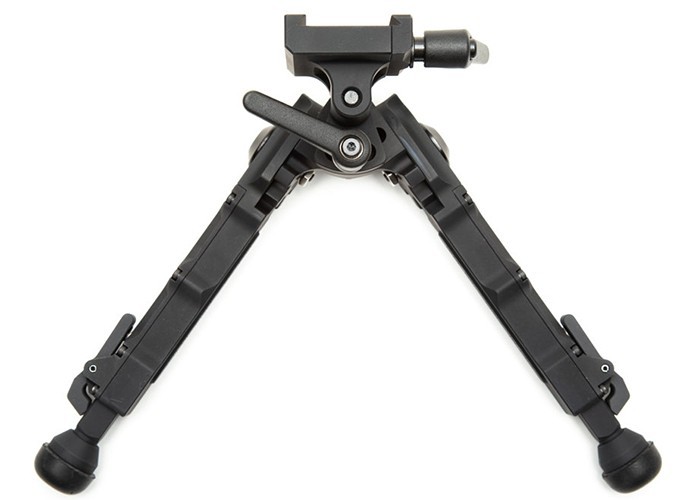
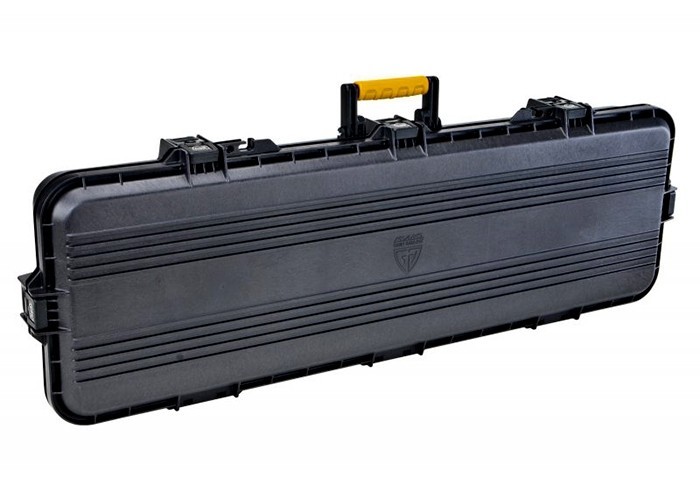
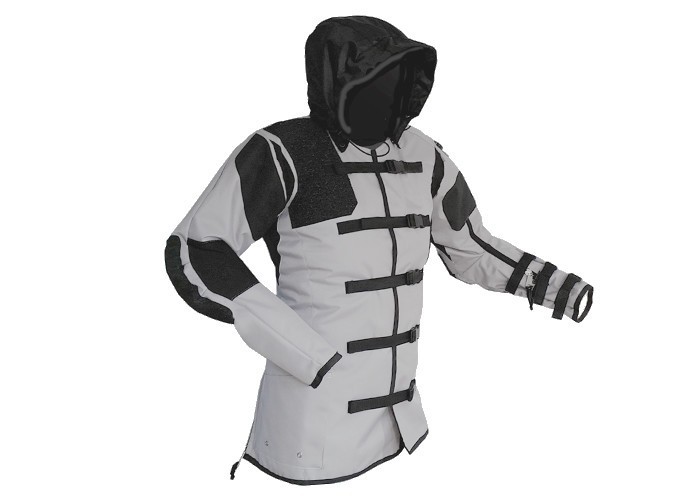
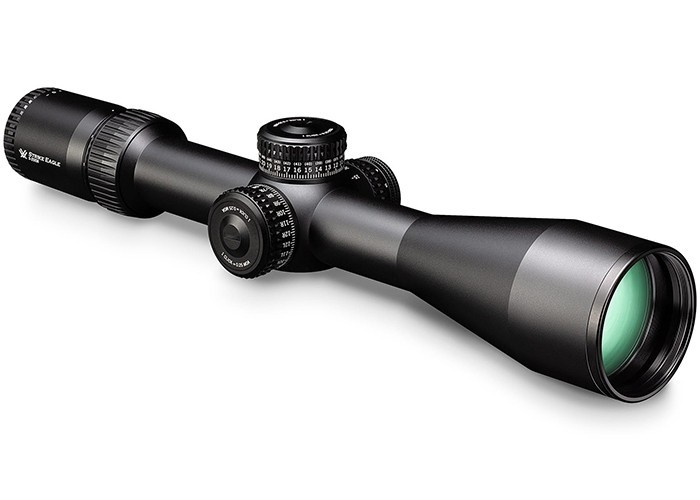
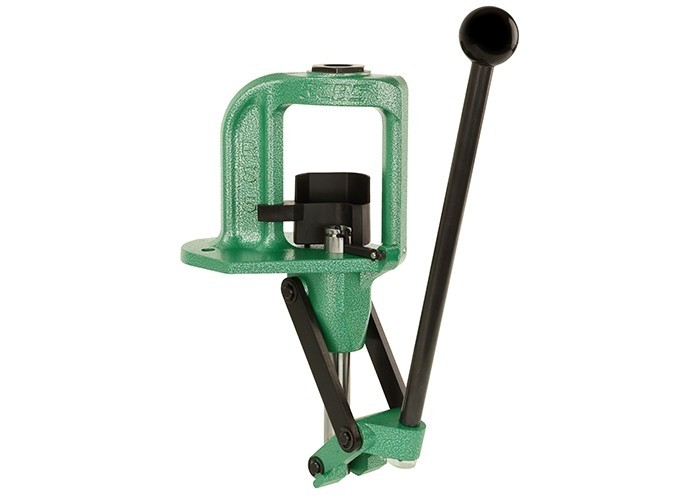
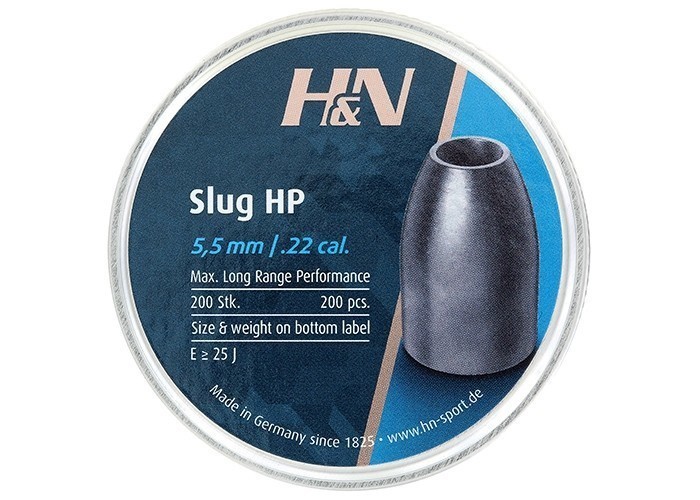
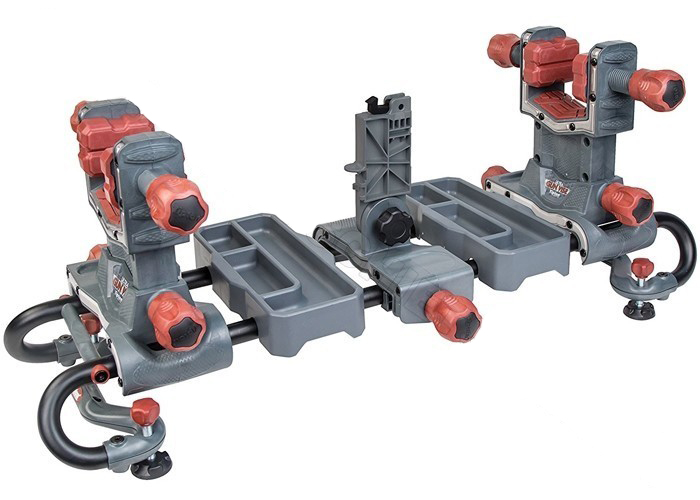

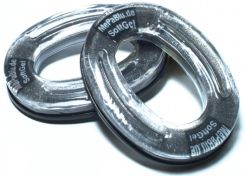
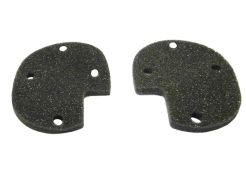
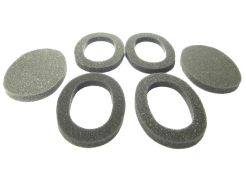
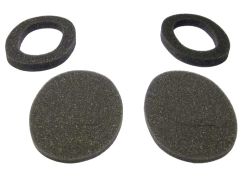
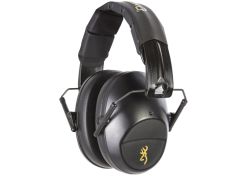
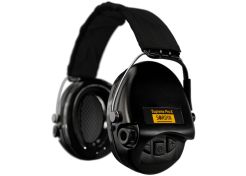
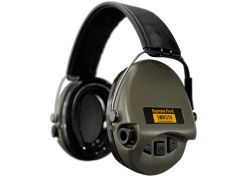
 Fast & secure delivery
Fast & secure delivery Secure shopping & payment
Secure shopping & payment Lots of expertise
Lots of expertise